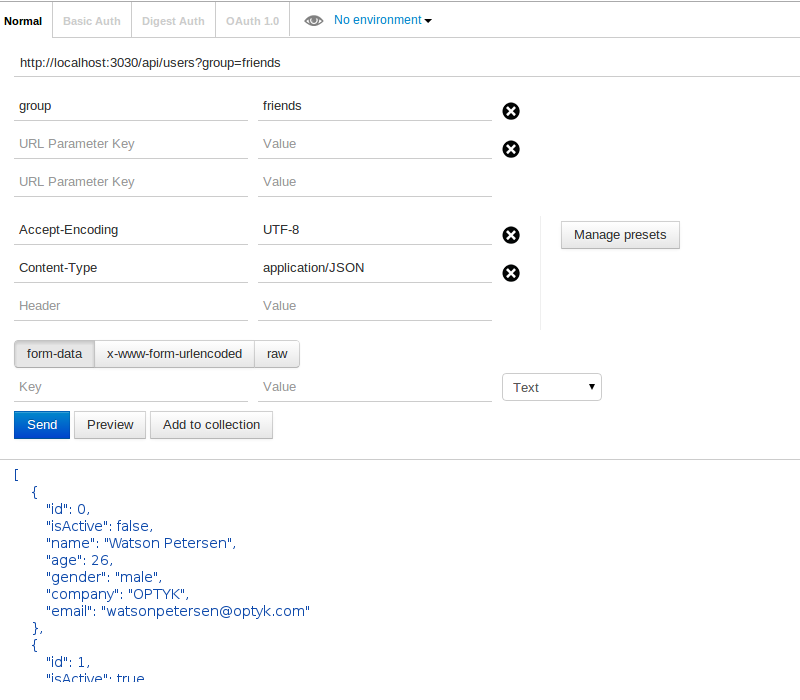

Full debugging features are also included as a way to stress test APIs, and documentation helps understand how each API in your ecosystem functions. Through the use of mock servers, you can make sure that everything works seamlessly before you ever introduce it to your users. From here, you can run monitoring services that keep track of how well the service functions in the real world or create a mock server before you implement the API into your running program. Publishing an API is as simple as hitting the "Run in Postman" button, at which point it will be integrated into your software. This serves as the central hub of your Postman experience.

This allows you to track all of your APIs and see how well they work in conjunction with one another. The core of the Postman experience is their Collections. Postman can help you with the process of developing APIs, testing them in the field, and making sure everything runs smoothly in your software environment. The simplest way to accomplish this is through the use of RESTful APIs, but the semantics of working with these kinds of tools can be complicated even for experienced developers. This minimizes your team's need to create whole features from scratch and allows developers to create more robust and useful applications for their clients.

Getting the most out of your software development often means connecting your existing applications to other third party services. Overall Opinion: In an increasingly advanced software ecosystem, no app is an island.


 0 kommentar(er)
0 kommentar(er)
